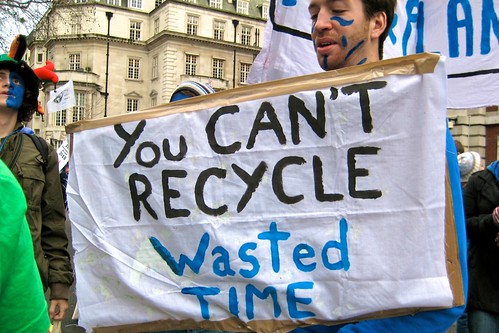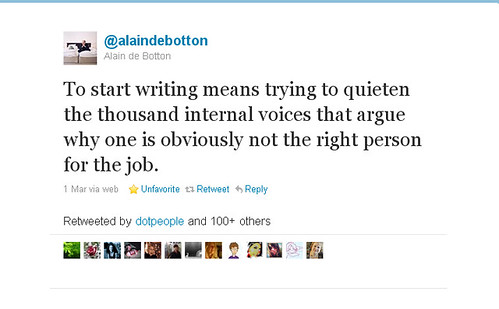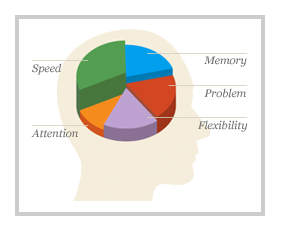
In the nonprofit sector, time is our most valuable resource. It can’t be recycled if we squander it.
Distractions are time wasters and you need to manage them not the other way around. Some interruptions come from our physical environment. Co-workers stop at your desk to chat or a colleague asks you to compile a report. Distractions come from the Internet if you have email, Twitter, or mobile phone beeping at you. Or if you’ve developed the bad habit of mindless checking of your social sites or other social media bad habits.

Distractions can be internal and come from our brains, our thoughts. We think of something else we need to do while we are in the middle doing something else. Or it is negative thoughts that can distract.
What do time management techniques and good habits look like in an age of connectedness?

You Say Tomato, I say Pomodoro
I stumbled across the Pomodoro technique which is very similar to time boxing (assigning discrete blocks of time to a particular task and using a timer), but the method also gives you some ways to prioritize work.
I keep a big hairy to do list or inventory. I jot down projects on the list just to get it out of my head and to figure out how to break them down into smaller chunks. This minimizes internal distractions for me. Then I review the list and pick the three most important things
that need to get done that day and put those on an index card on my desk. Sometimes I time box those tasks to help me focus. I also time box tasks that are open-ended, like answering email or participating on social media sites and do these in short 15-30 minute bursts in between the three big tasks on the index card.
Most of our work as social media nonprofit professionals is to be present on our online communities, listen, engage, and manage content. But for many, those tasks are not necessarily the whole job even if your organization culture is streamlined and simple.
How do you balance your to do list of discrete projects with your daily social media activities that are open-ended? How you shift between the two types of work?
Schedule Legos
The to do list and breaking down tasks into doable chunks is one dimension of time management, but how you lay out those tasks over your schedule is another. In this video, Chris Brogan talks about how he manages his time. I like how he takes a designer’s approach to using his time. It made me think of building stuff with legos. He takes you through a 6-hour chunk of time in half-hour and hour increments. He clearly identifies types of tasks: planning (prep to do the task), reading, production (writing), interviews, email, and commenting.
He doesn’t share how and when he take breaks which are essential to focus and concentration. Also, in practice, many people may not have that much control over their work day, especially those working in a nonprofit organizations.
How do you design your work day?
Brain Fitness

Concentration is part of our brain’s function and if your brain isn’t fit – you won’t concentrate or perform well. There is the mind-body connection which boils down to taking care of yourself. Getting exercise, taking breaks, drinking water, and making time for solitude.
There is also a rhythm to concentration. The time of the day can also impact your ability to concentrate. Are you better at tasks like writing that require a deeper level of attention and concentration in the morning or afternoon? If morning is your best concentration time, don’t squander it on a task that doesn’t demand focus like answering email.
I’ve charted myself according to times when I reach peak levels of concentration and try as much as can to schedule tasks require it.
If you’re doing social media for your organization, how are you managing your time effectively? What area of time management do you need to improve to have your organization’s social media more effective? Any secrets or tips to share? Come join us in the Zoetica Forum where we are talking about Social Media Tune Ups this month.
Beth Kanter is a consultant, author, influencer. virtual trainer & nonprofit innovator in digital transformation & workplace wellbeing.
